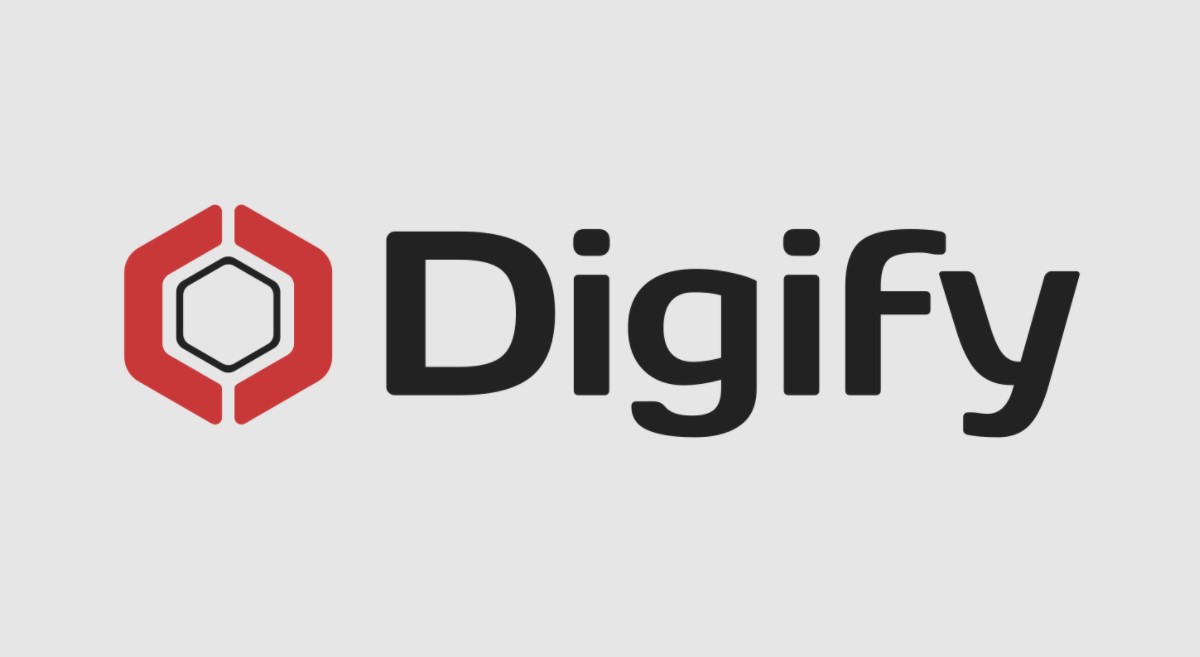Today thousands of companies save time by using Digify to send and track business-critical documents with partners, customers and investors. Here is more about it.
Digify – the most secure file sharing solution
Sending files over the Internet is a common operation, and securing the transferred files is of paramount importance to many enterprises. There are a variety of ways to transfer files and many methods to protect those files during transfer. The choice of transmission and encryption methods depends on the general needs of the sender. In some cases, it is enough to simply ensure the safety of the files during the transfer. In others, it is more important to encrypt the files so that they remain protected even after delivery to the addressee.
Today there are many business operations like large file transfer, information sharing, collaborative work, secure file sending, etc. Simply storing files securely is no longer enough: you need to enable real-time collaboration with employees, customers, and partners. The digital workplace should be used not just for sharing files, but as a content collaboration platform that enables security, workflows, and user mobility, and productivity. It must also ensure that the IT department has the data security and control it needs to ensure user mobility.
But how to make all these transactions securely? In this case, Digify Data Room is the best alternative. Safely syncing and sharing files via this software is the first step many companies are taking to address these issues.
According to the Digify review, the Data Room allows you to build your documentary databases instantly regardless of the nature, or the number of your documents. It secures, speeds up, and simplifies the sharing and dissemination of sensitive or confidential information.
How does Digify work?
The procedure of file sharing via the software is easy: first, the file to be shared must be selected. It doesn’t matter whether the file is stored locally or in the cloud. The user then selects the recipient via the e-mail address and determines the “access time” – that is, how long the file should be available. After the access period has expired, the file is automatically deleted. After these settings, the file is ready to be sent.
To view the shared content, the recipient also needs the Digify app or the Windows client. For the recipient, however, it is also just a matter of viewing. He can neither forward nor copy the shared content. Digify does not even allow you to take screenshots. This ensures that only the sender can determine who exactly should call up the guided content.
The file is provided with special copy protection on the Digify servers, which makes it impossible to transfer the file. But not only that: the file can also destroy itself after a certain time if desired. And if the recipient tries to take a screenshot, you will be warned on the one hand and the rights to the file will be revoked on the other.
Additional features include access conditions, a file index that allows users to reorder files in a Data Room, and role rights for administrators to invite people to their Data Rooms as co-owner.
Digify also has built-in file trackers and statistics that allow users to view a summary of actions on files or documents, including:
- the number of views,
- the location accessed,
- the length of time it was opened,
- it was downloaded or printed.
Users can receive alerts via email or mobile apps to receive notifications for Data Room access, and administrators can view statistics on where, when, and how documents were used.

